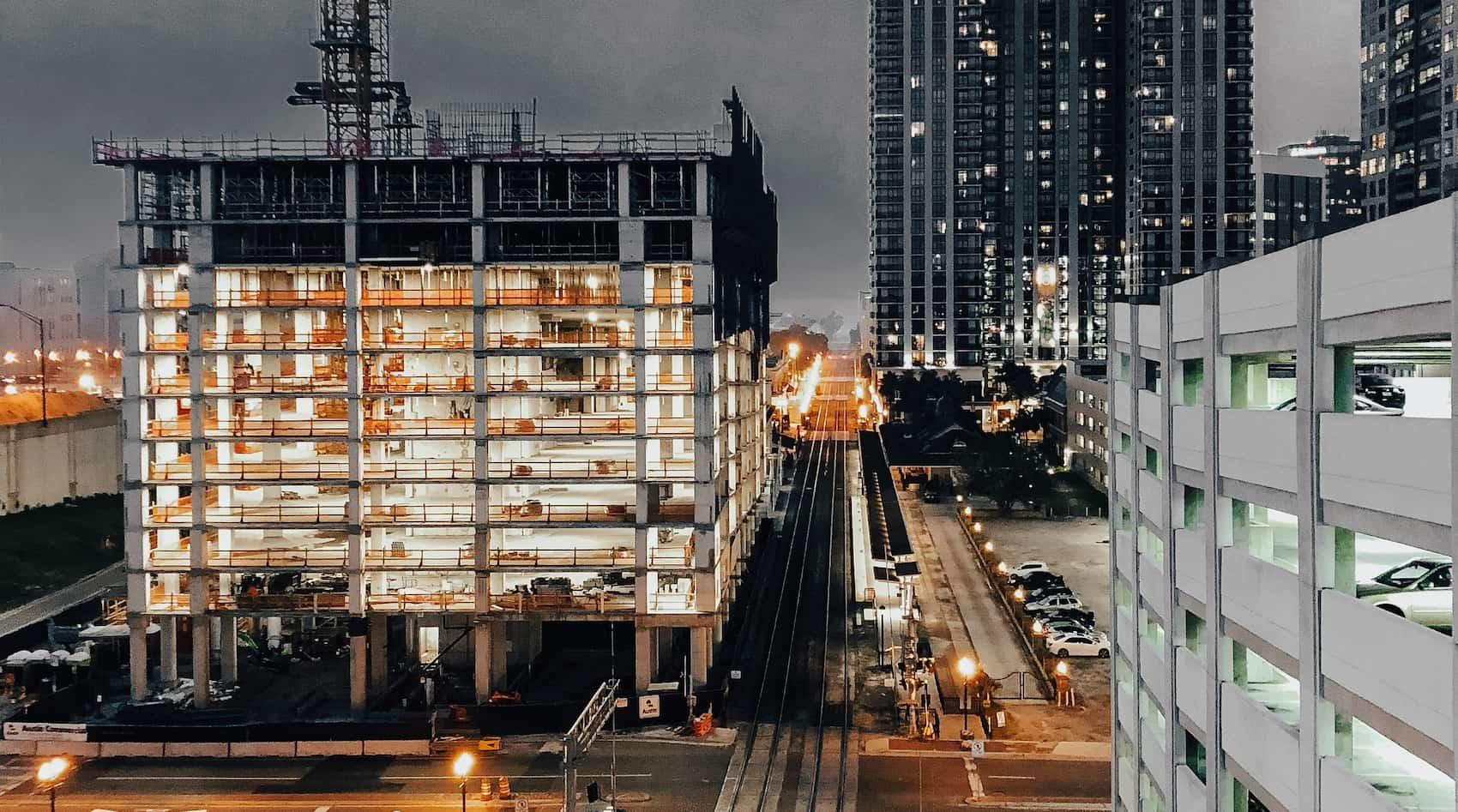Introduction
As with all claims, one of the most important aspects of a claim against building practitioners for breach of a statutory duty of care is the limitation period – that is, the time period within which legal action can be brought against them.
With the introduction of the Design and Building Practitioners Act 2020 (NSW) (DBP Act), however, many industry participants have simply assumed they owe a 10-year statutory duty of care to owners from the completion date, without due regard to other important considerations. These include the intermingling of limitation periods under the Environmental Planning and Assessment Act 1979 (NSW) (EPAA)) and the Limitation Act 1969 (NSW) (Limitation Act).
When all three pieces of legislation are considered, a building practitioner may not always have a “ten year” duty of care exposure.
After managing numerous Supreme Court proceedings for breach of statutory duty of care, Jessica Rippon and Claudia Abdallah have taken a deep dive into this complex area of law to demonstrate just how a building practitioners’ statutory duty of care limitation period is calculated.
A Common Misconception
As noted above, construction industry players have assumed the statutory duty of care is merely an extension the statutory warranty periods under section 18E(1)(b) of the Home Building Act 1989 (NSW) (HBA) to ten years. This is however a common misconception and simply not correct. In addition to this, there is confusion in relation to when this limitation period starts.
Section 37: A Quick Refresher
Section 37 of the DBP Act provides that a person who undertakes construction work has a duty to exercise reasonable care to avoid economic loss caused by defective construction work.
The broad scope of the statutory duty of care is seen in section 36 of the DBP Act and case law such as Goodwin Street Developments Pty Ltd atf Jesmond Unit Trust v DSD Builders Pty Ltd (in liq) [2022] NSWSC 624 and The Owners – Strata Plan No 84674 v Pafburn Pty Ltd [2022] NSWSC 659. That is, the statutory duty of care:
- extends to all building work, not just Class 2 buildings; and
- is not only owed by builders and developers, but also manufacturers and suppliers of building products, designers, project managers, site supervisors and many others.
Section 41 of the DBP Act, however, provides that the statutory duty of care is subject to the applicable limitation periods established under the:
- Limitation Act which prescribes a 6-year limitation period from the date the cause of action accrues; and
- section 6.20 of the EPAA, which provides a 10-year long-stop limitation period from the date of completion of the construction work.
Once the above limitation periods are considered, one must then consider clause 5(2) of Schedule 1 of the DBP Act, which provides that the statutory duty of care has retrospective application if:
- the loss first became apparent within the 10 years immediately before the commencement of section 37; or
- the loss becomes apparent on or after the commencement of that section.
As one can see from the above, there are many factors that must be considered when determining the actual period of a building practitioner’s statutory duty of care liability. It is not as simple as calculating ten years from the completion of work or the registration of a strata plan. Great caution needs to be exercised, and an exercise of statutory interpretation must be undertaken, as one cannot merely rely on assumptions.
To find out more about the limitation period and your statutory duty of care obligations, contact Jessica Rippon or Claudia Abdallah of Construction Legal.



























